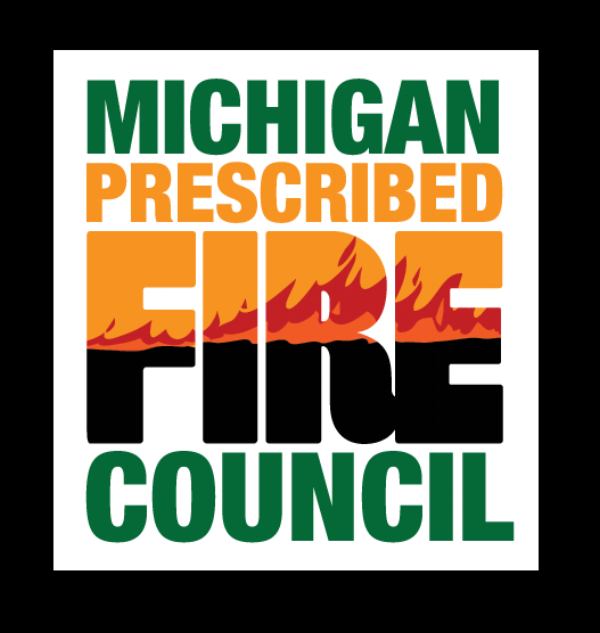This week we’re trying something new by starting our newest segment on the Weekly Spark: the Friends of MPFC Feature! Every so often, we’ll be featuring an organization that uses fire to help further their mission. In doing so we hope to highlight how widespread the utility of fire is in the environmental sector, and encourage more organizations to start using fire as a part of their land management programs.
This week on Friends of MPFC, we’re featuring the Land Conservancy of West Michigan (LCWM), a Grand Rapids based land trust working to preserve and protect the natural areas of west Michigan. Founded in 1976 by four passionate environmentalists, their organization hasn’t stopped growing over the years, and is now responsible for hundreds of acres of actively stewarded land across eight counties.
From their website:
As a non-profit land conservancy, we work with private landowners and governmental bodies to permanently protect and care for the land. Our protected land reflects the diversity and beauty of West Michigan and includes lush forests, grassy fields, flowering meadows, marshy wetlands, and rolling sand dunes. These significant habitats and ecosystems are home to a rich variety of plants and wildlife, some of which are now threatened or endangered species.
By preserving and restoring these properties through the best practices available, we give future generations the precious opportunity to experience the same natural wonders that we treasure today.
The Land Conservancy is the only accredited organization in our service area dedicated solely to the permanent conservation of significant natural areas. Our land protection area includes all or parts of eight counties: Allegan, Kent, Ottawa, Newaygo, Muskegon, Oceana, Mason, and Lake.
In addition to activities like soil stabilization and native plantings, LCWM is very active in using prescribed fire to help improve their land. I asked their Stewardship Specialist, Andre Otte, to tell me a bit about their fire program.
“The program was started in 2017 by Justin Heslinga, Stewardship Director at LCWM. The program is primarily run by Justin, but I assist on burn plans and also help staff our burns. Other than the two of us and an intern, the crew is made up entirely of volunteers. To get on the crew, volunteers must complete our burn training, a half-day, in-person training. We have held this training in the early spring for the past two years, but we might move to an every other year schedule. We also allow individuals who have completed their S-130 and S-190 to join.
Here are some numbers:
85 people currently on burn crew
58 people have gone through our training
8 people have done additional training (learned how to operate pumps, ATV, etc.) to become a crew leader
8 burns completed over 2017-2018 on 5 separate properties
35 total acres burned
Typical crew size on any given burn is 6-12
The most notable burn we have done to date is one we did at Saul Lake Bog Nature Preserve this past spring. We burned 9.5 acres of oak forest and prairie. Despite a tense moment or two and a few torched white pines and oaks, the crew stayed calm and safe.”
Hearing about a thriving burn program like this makes me very optimistic for the future of prescribed fire. The fact that LCWM is working to create their own fire culture (through having their own training, a dedicated team of volunteers, and a impressive number of future crew leaders) shows their dedication to controlled burns as a stewardship tactic. It’s especially nice to hear of their working with private landowners as well as governmental organizations. Our impact is the greatest when we focus on the institutions that affect the individual, just as much as we focus on the individual. At MPFC, we’ve been working hard to spread the word of prescribed fire to private landowners and lawmakers alike. It sounds like LCWM is similarly dedicated to using fire as a part of their agenda, and I’ve no doubt that their program will continue to grow, in size, effectiveness, and impact.
Many thanks to Andre Otte and everyone at LCWM for letting us do a feature on their burn program. If you’d like more info about any of their incredible work, check out their website, or shoot them an e-mail at lcwm@naturenearby.org.







